What Roofing Materials Are Best for Hot Climates? A Comprehensive Guide
When living in regions with sweltering heat, selecting the right roofing material can make a significant difference in energy efficiency, durability, and overall comfort. Your roof isn’t just a shelter—it’s your first defense against the elements. But what roofing materials are best for hot climates, and how do you decide on the ideal option for your home or business?
Why Choosing the Right Roofing Material Matters

Hot climates subject roofs to extreme conditions, including intense sunlight, UV exposure, and high temperatures that can escalate cooling costs. Poor roofing choices can lead to energy inefficiency, faster material degradation, and discomfort indoors. By Choosing the Right Roofing Material, you can lower cooling expenses, improve indoor comfort, and even extend your roof’s lifespan.
What Are the Best Roofing Materials for Hot Climates?
1. Cool Roofs for Sunny Climates
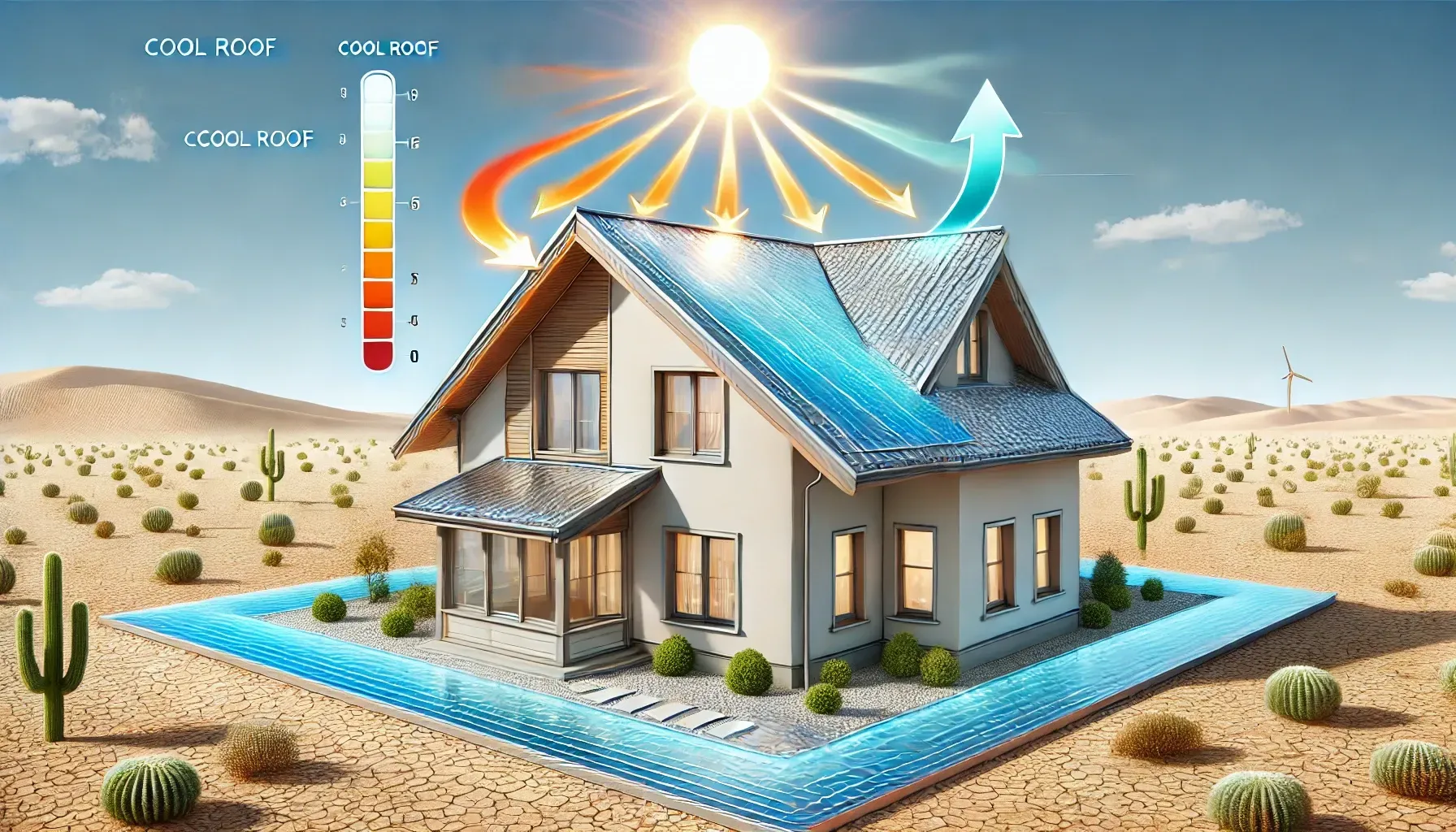
Cool roofs are designed to reflect more sunlight and absorb less heat compared to traditional roofing. These roofs typically use reflective coatings or lighter-colored materials that reduce heat absorption. A cool roof can lower surface temperatures by up to 50°F, making it a popular choice for energy efficiency.
Key Benefits:
- Reduces indoor cooling needs
- Helps lower energy bills
- Extends the roof’s lifespan by reducing thermal expansion
2. Clay and Terracotta Tiles: Timeless Heat-Resistant Roofing

For centuries, clay and terracotta tiles have been used in hot climates worldwide. Their natural composition and curved shapes allow for superior air circulation, which helps dissipate heat.
Why Choose Clay or Terracotta Tiles?
- Highly durable and UV-resistant
- Natural insulation properties
- Long lifespan (often exceeding 50 years)
Potential Drawback: They can be heavy, so your home’s structure needs to be assessed for compatibility.
3. Metal Roofs for High Temperatures
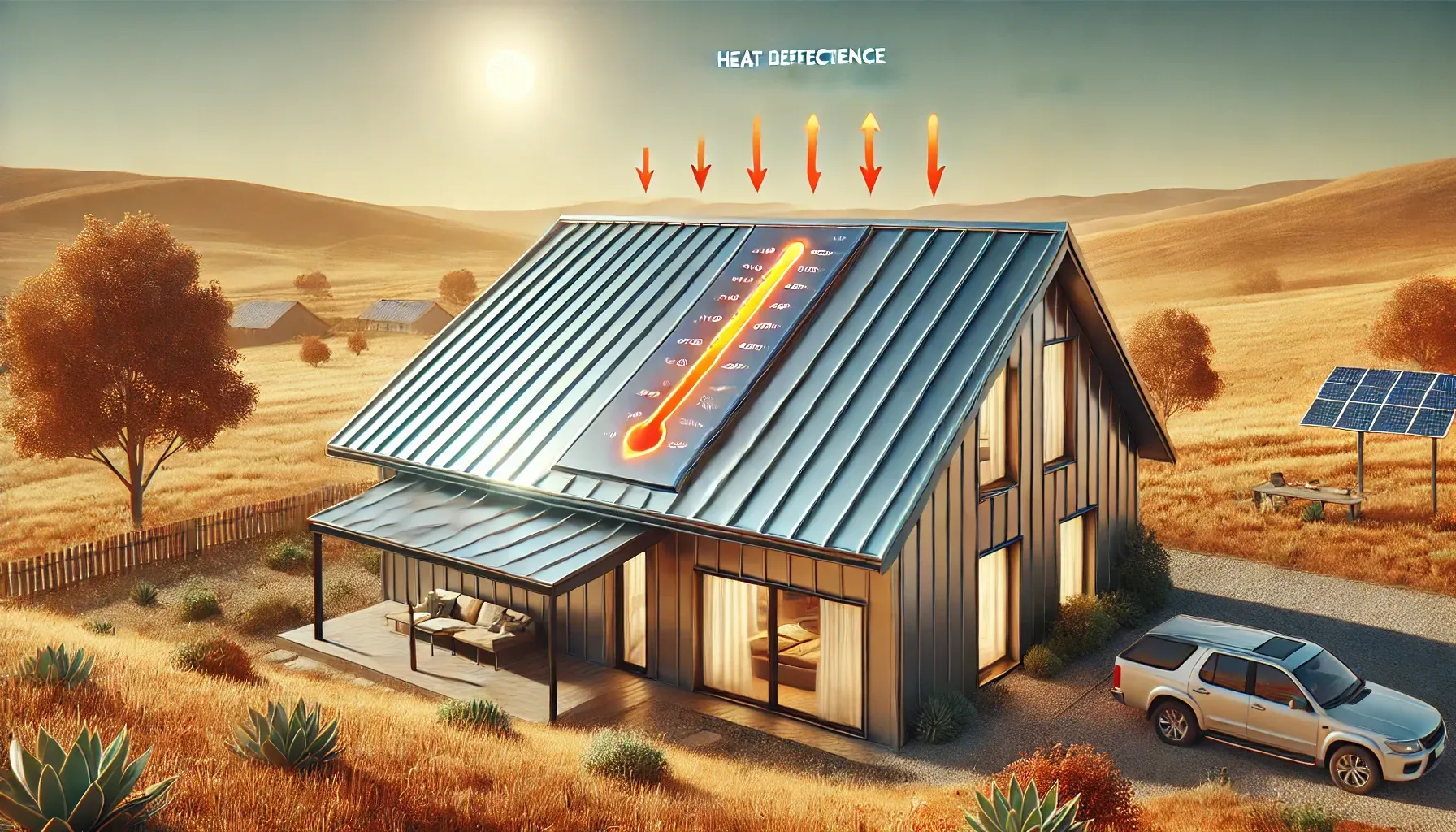
Metal roofing, especially when coated with reflective paints or finishes, is an excellent option for warm weather. Aluminum, steel, or copper roofs can efficiently reflect sunlight and are highly durable.
Advantages:
- Reflective coatings improve energy efficiency
- Lightweight yet durable
- Fire-resistant and recyclable
Consideration: Without proper insulation, metal roofs can amplify rain or hail noise.
4. Asphalt Shingles with Solar Reflective Granules
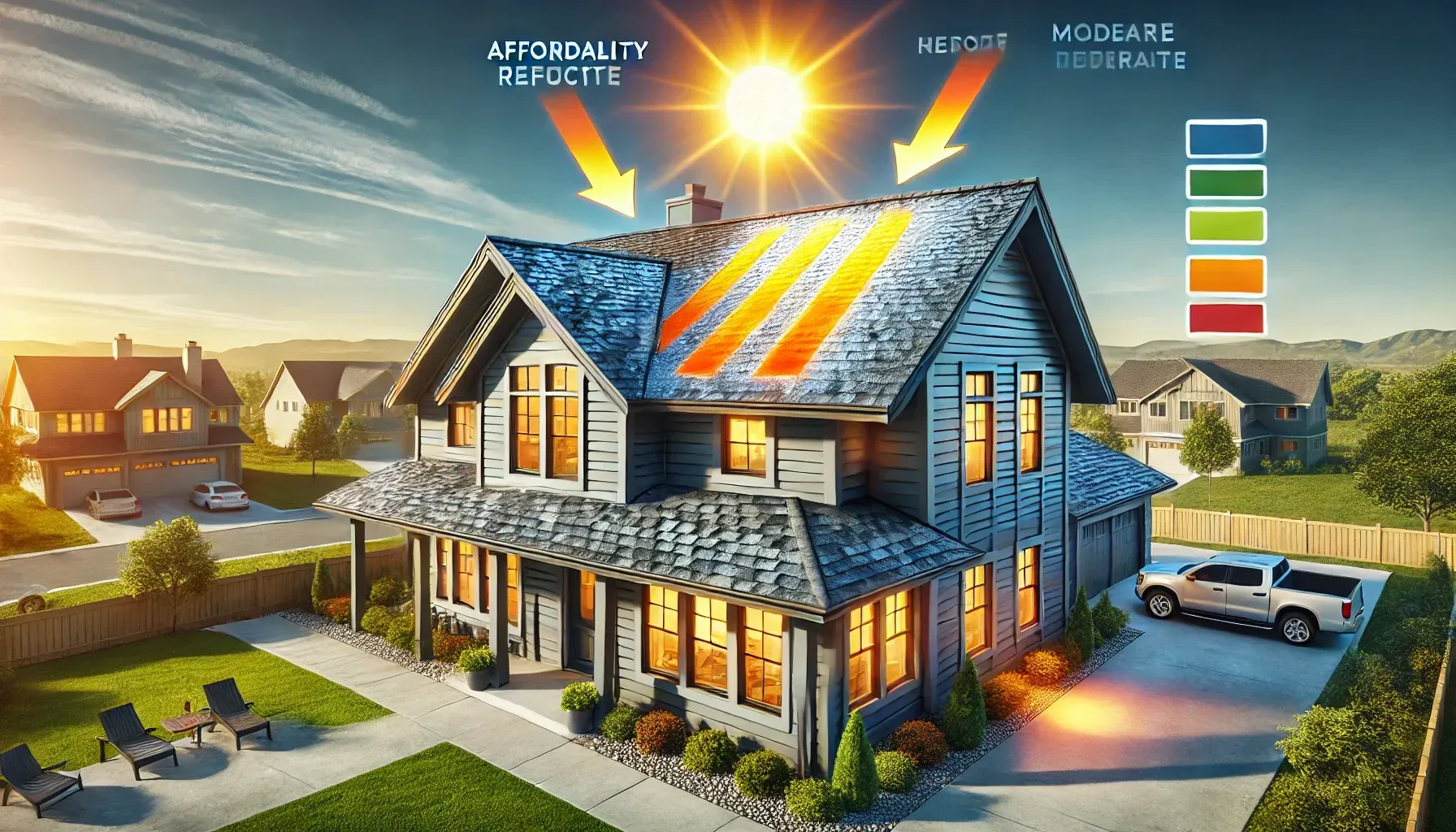
Standard asphalt shingles may not perform well in hot climates, but those designed with solar reflective granules can be a budget-friendly alternative.
Best Features:
- Affordable and widely available
- Improved versions reduce heat absorption
- Suitable for moderate heat zones
However, they may not last as long as other
durable roofs for extreme heat.
5. Concrete Tiles: Versatile and Heat-Resistant
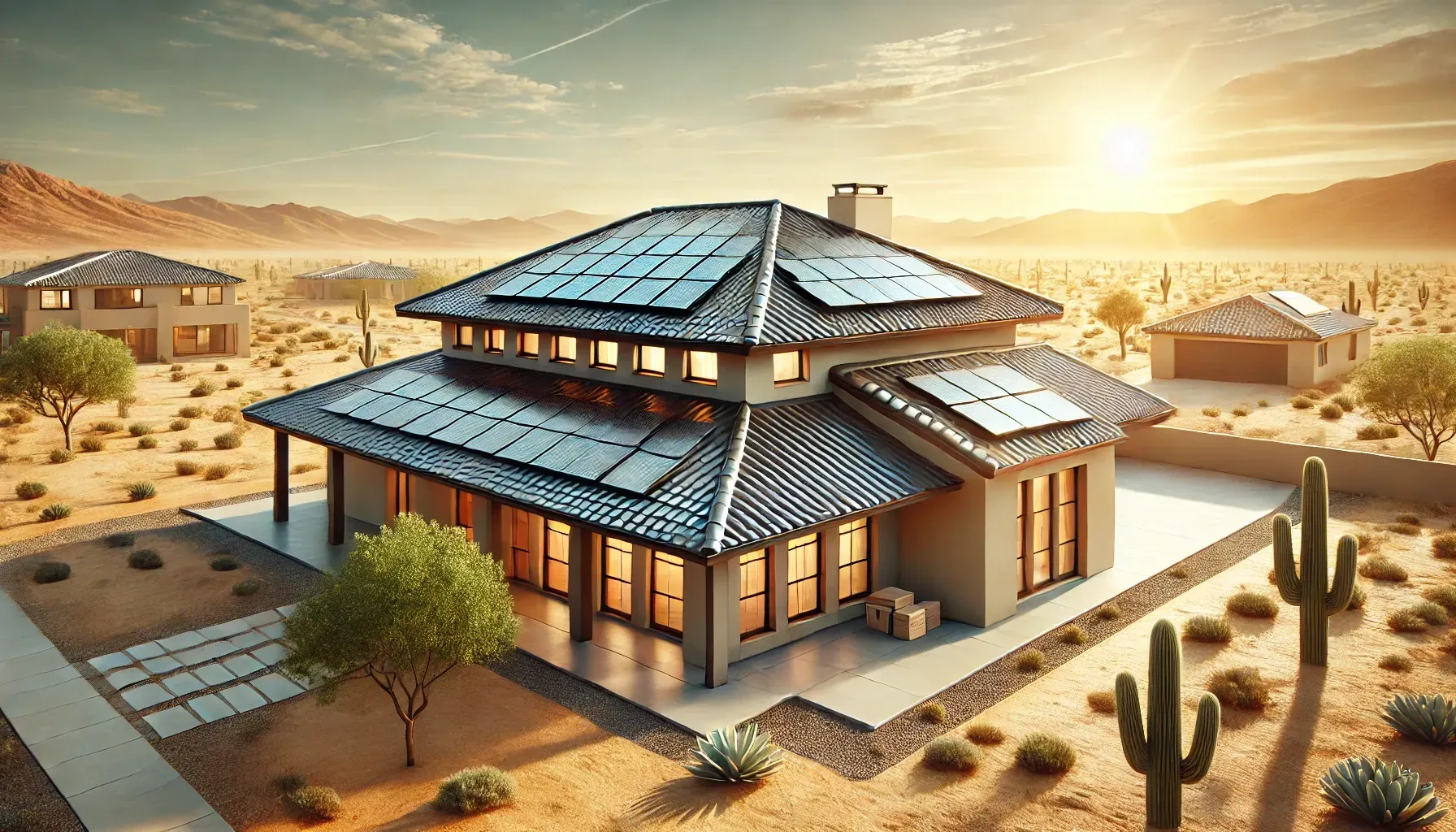
Concrete tiles share similarities with clay but offer additional customization in color and shape. They are highly resistant to UV rays and do not warp under high temperatures.
What Makes Concrete Tiles Stand Out?
- Durable and low-maintenance
- Reflective coatings can enhance heat resistance
- Can mimic wood, slate, or traditional tiles for aesthetic appeal
6. Green Roofs: Sustainable Roofing for Hot Climates

For those seeking sustainable roofing for hot climates, green roofs (roofs covered with vegetation) provide excellent thermal insulation while reducing urban heat. These roofs create a natural barrier against the sun’s heat and contribute to energy savings.
Benefits of Green Roofs:
- Reduces indoor temperatures naturally
- Eco-friendly and aesthetically pleasing
- Helps improve air quality
Drawbacks: They require more maintenance and a reinforced structure to handle the weight.
Energy-Efficient Roofing Materials
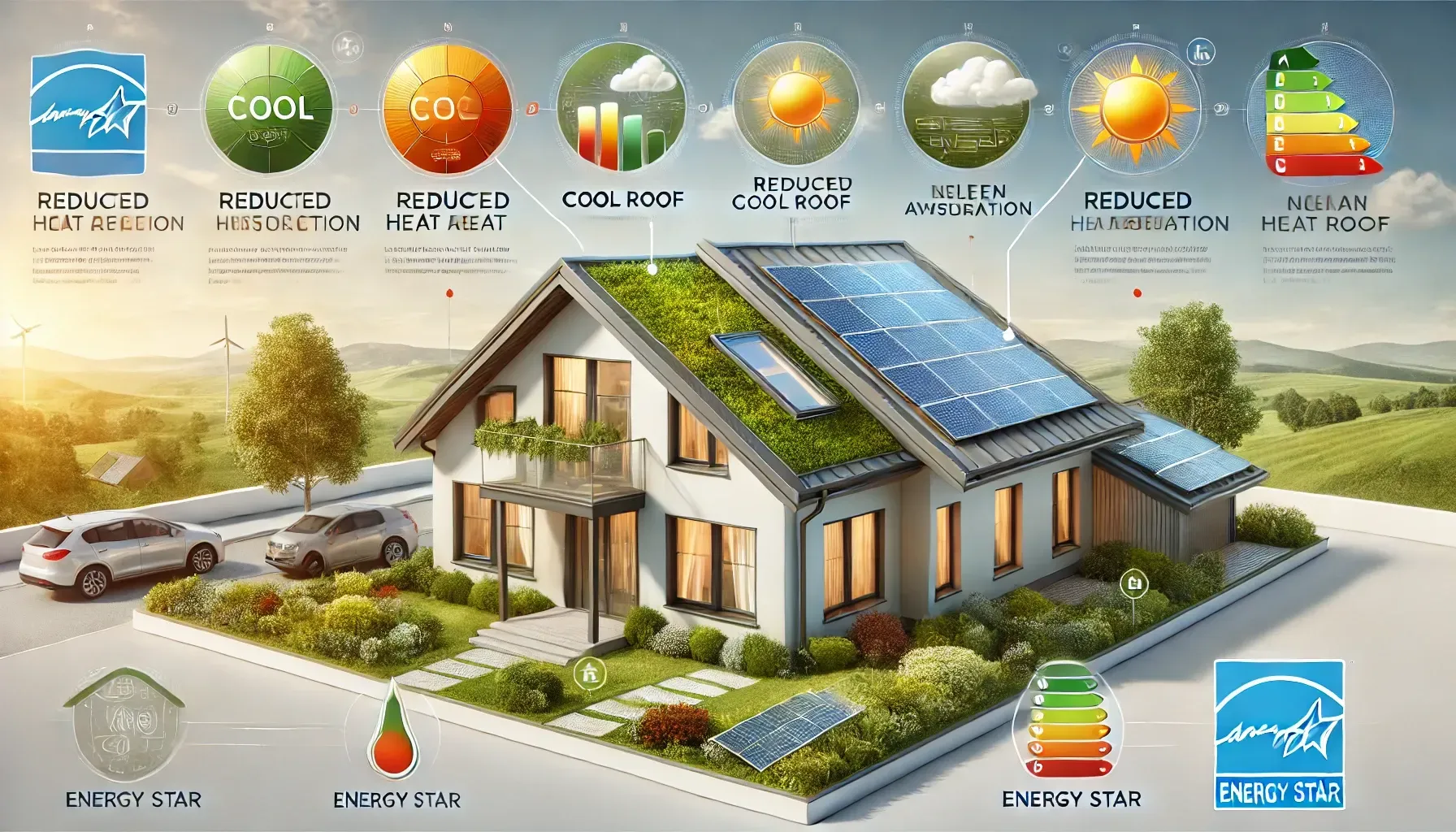
Choosing energy-efficient roofs for hot areas goes beyond material selection. Reflectivity, insulation, and ventilation are equally important. The Energy Star label on roofing materials can guide you toward reflective roofing materials that meet high standards for efficiency. Additionally, understanding Roof Lifespan Factors can help you make an informed decision about durability and long-term value.
How to Choose the Best Roofing for Your Needs
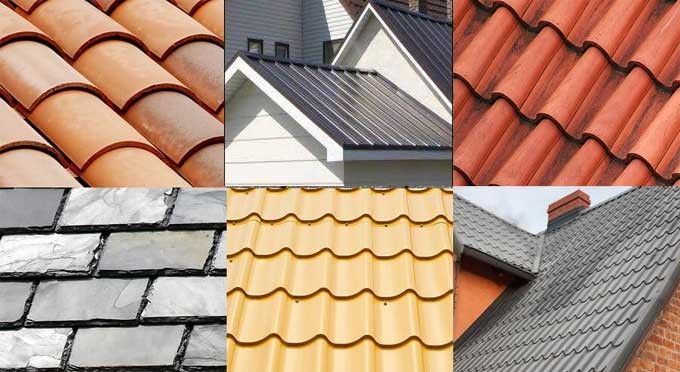
Here’s a step-by-step guide to help you make an informed decision:
- Assess Your Climate: Understand the intensity of heat and UV exposure in your area. For insights into different roof structures, explore Flat vs. Pitched Roofs: Pros and Cons.
- Determine Your Budget: Some materials like clay or concrete tiles are more expensive but last longer.
- Consider Maintenance Needs: While some roofs require minimal upkeep, others, like green roofs, need regular care.
- Look for Energy-Efficiency Features: Prioritize reflective coatings and insulating properties to reduce heat absorption.
- Consult a Professional: A roofing contractor can assess your home’s structure and recommend the best options.
Comparing Roofing Options for Hot Climates
| Material | Durability | Heat Resistance | Cost Range | Maintenance |
|---|---|---|---|---|
| Cool Roofs | High | Excellent | Moderate | Low |
| Clay/Terracotta Tiles | Very High | Excellent | High | Low |
| Metal Roofs | High | Good | Moderate-High | Low |
| Asphalt Shingles | Moderate | Moderate | Low | Moderate |
| Concrete Tiles | High | Very Good | Moderate-High | Low |
| Green Roofs | Moderate-High | Excellent | High | High |
Future-Proofing Your Roof: What to Consider
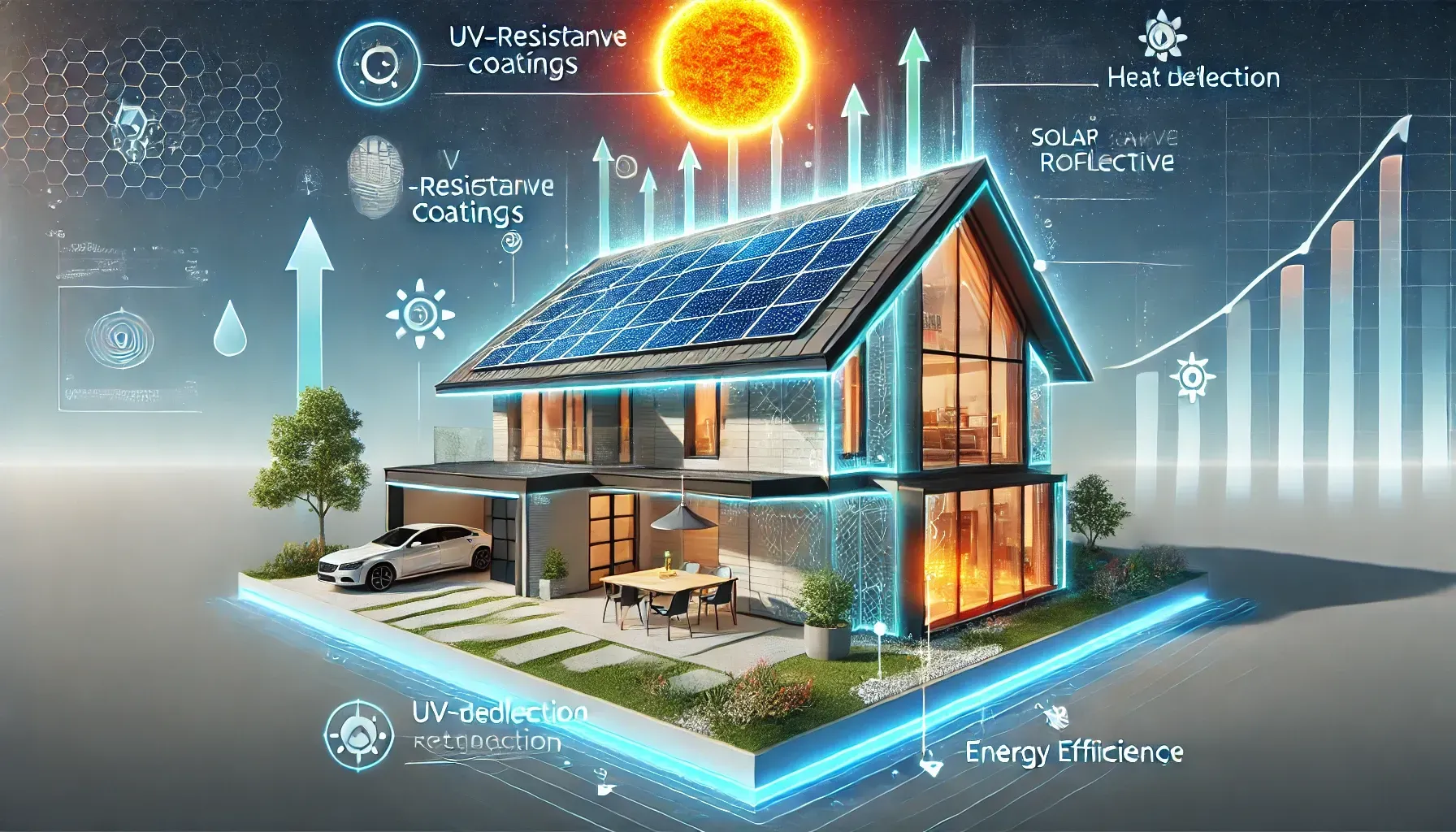
Hot climates demand durable roofs for extreme heat that not only withstand current conditions but adapt to future challenges like increasing temperatures. Consider incorporating UV-resistant roof coatings or solar reflective roofs to stay ahead.
What Roofing Materials Are Best for Hot Climates?
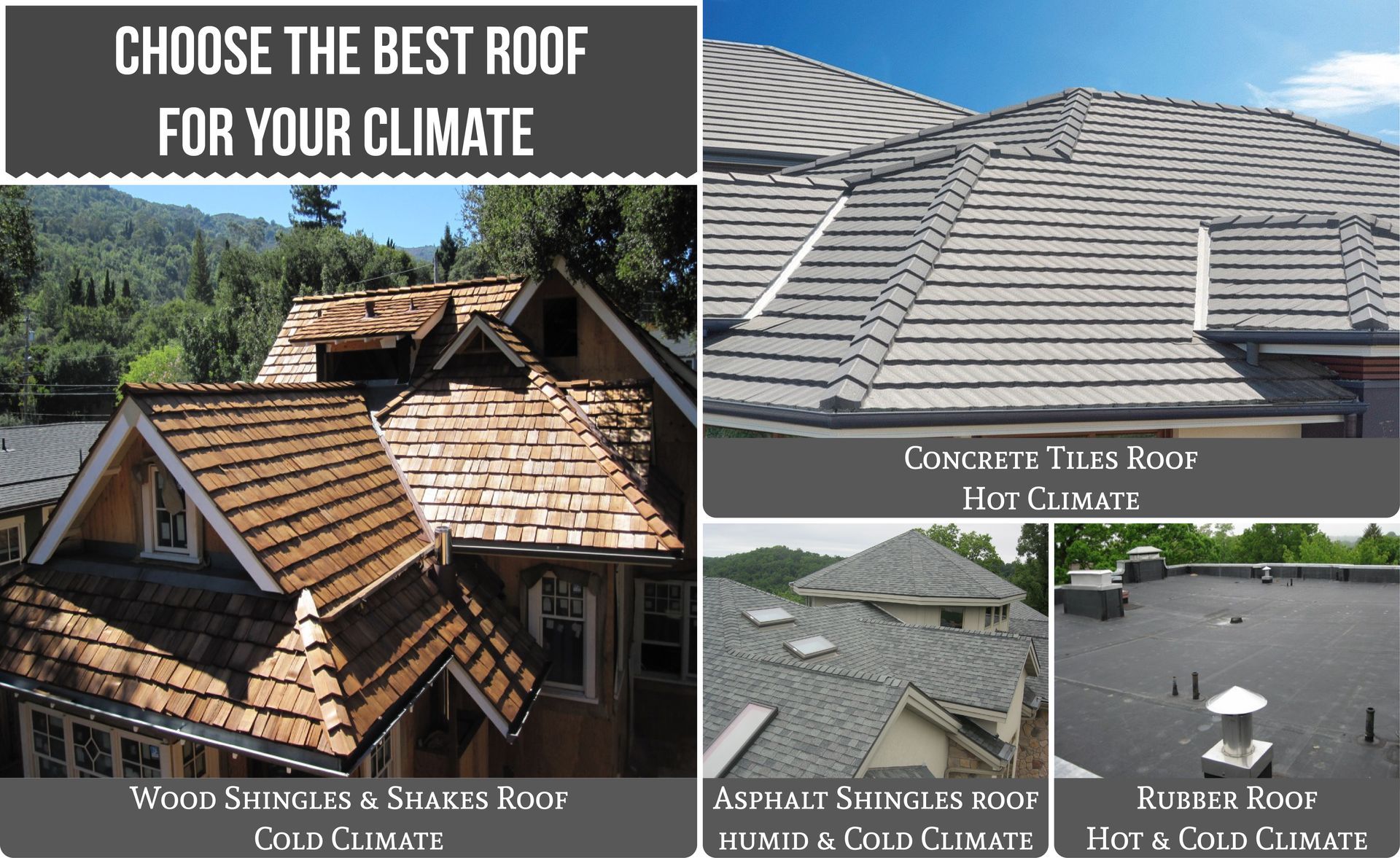
The right roofing material depends on balancing your budget, aesthetic preferences, and long-term needs. From reflective roofing materials to sustainable green roofs, there’s an option for every home or business in a hot climate.





